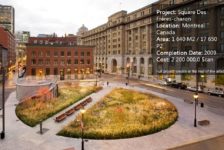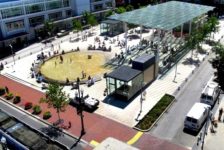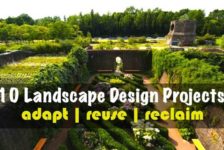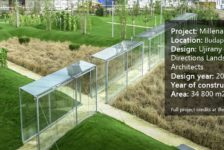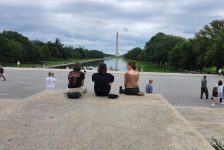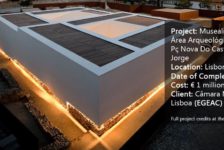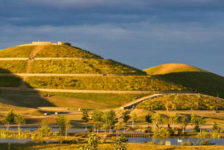Gebran Tueni Memorial, Vladimir Djurovic Landscape Architecture, Beirut, Lebanon A memorial to an outspoken politician and journalist The Gebran Tueni Memorial, opened in December 2011, is located in Beirut, Lebanon, a city once ravaged by civil war, but now being rebuilt and undergoing a social and economic transformation. The award-winning memorial (including a 2014 ASLA award) was designed by Vladimir Djurovic Landscape Architects. Djurovic, whose mother is from Lebanon, grew up in the city and calls it his home.

Photo Credit: Gebran Tueni Memorial, by Vladimir Djurovic Landscape Architecture, Beirut, Lebanon

Photo Credit: Gebran Tueni Memorial, by Vladimir Djurovic Landscape Architecture, Beirut, Lebanon
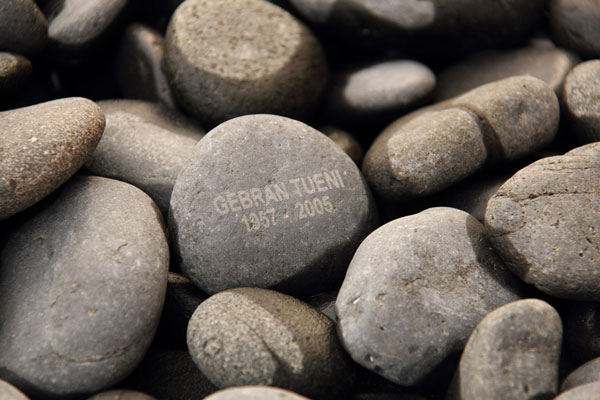
Photo Credit: Gebran Tueni Memorial, by Vladimir Djurovic Landscape Architecture, Beirut, Lebanon
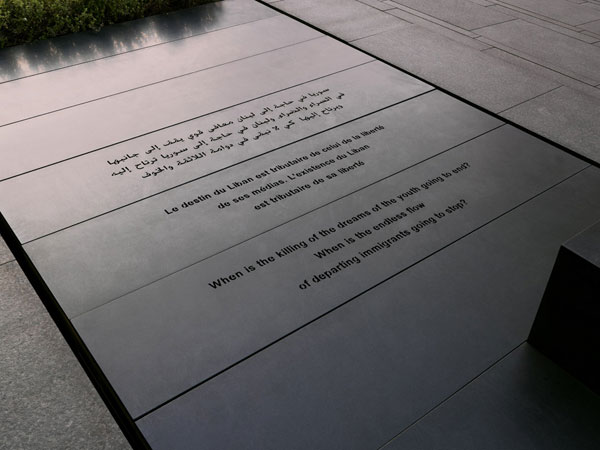
Photo Credit: Gebran Tueni Memorial, by Vladimir Djurovic Landscape Architecture, Beirut, Lebanon
Lighting used as powerful symbolism of renewed social fabric
At one end of the memorial is a 4.9-meter granite monolith that bears Gebran’s oath, which was delivered shortly prior to his assassination. The monolith is divided into 10 panels, each of them 49 centimeters, relating to Gebran’s age at death.2 The word An Nahar means “the day”; the group that claimed responsibility for Tueni’s assassination is said to have stated that they had turned his newspaper from day into a dark night. Today, words of Tueni that are engraved on the memorial are lit up at night as if in symbolic defiance of the threats and the ultimate violence of the assassination. Strategic location at the edge of the central district The memorial strategically placed at one end of newly built downtown Beirut is now one of its key public spaces and lies at the crossroads of the city. To its east lies the new, trendy, mixed commercial and residential district of Bemmayzeh, with its bars, cafes, and buildings reminiscent of the French colonial era. To its south lies Nejmeh Square, a critical node dating back thousands of years, lying in a district that includes the museum, parliament, places of worship, commercial buildings, and recreational spaces. To its north lies another area dominated by businesses and office buildings.
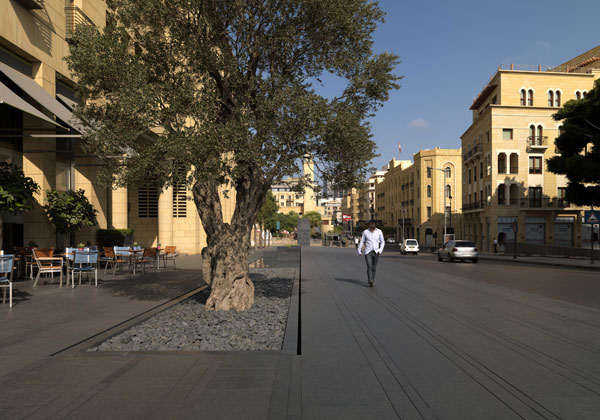
Photo Credit: Gebran Tueni Memorial, by Vladimir Djurovic Landscape Architecture, Beirut, Lebanon
A restorative and unifying symbol for a once war-ravaged city heals the urban fabric
Located at the crossroads between key districts — historical and modern, commercial and residential — the memorial could be considered a unifying symbol for a city physically and socially torn apart by war and conflict. As well as being a key public space, it also serves as a reminder of the city’s violent recent past and as a psychological focus for the ideals of Tueni. His words are permanently engraved into the granite of the monument as a testament to his resilience in the face of violent opposition. Related Articles:
- How a Dazzling Light Scheme Design Transformed a Dark City Centre: Torico Square
- How Beirut’s Zeytouneh Square is Reuniting a Divided Urban Community
- Top 10 Controversial Monuments of the World
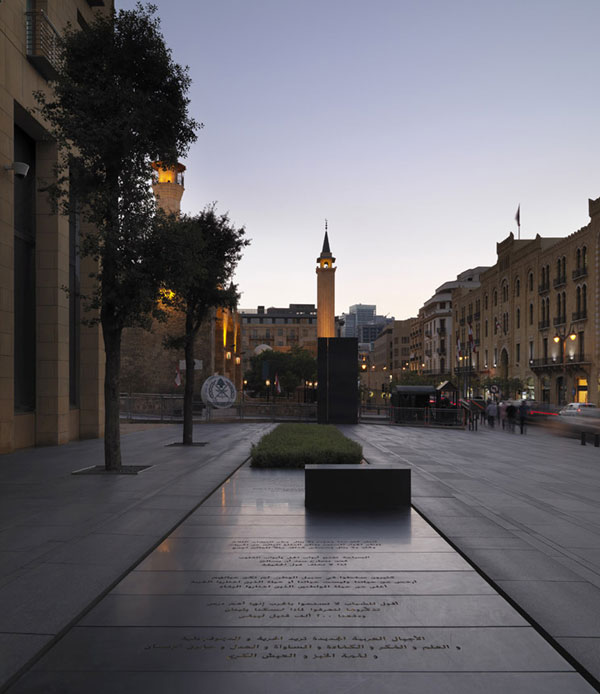
Photo Credit: Gebran Tueni Memorial, by Vladimir Djurovic Landscape Architecture, Beirut, Lebanon
- Urban Design by Alex Krieger
- The Urban Design Handbook: Techniques and Working Methods (Second Edition) by Urban Design Associates



